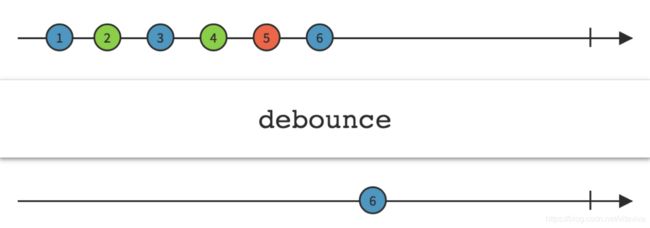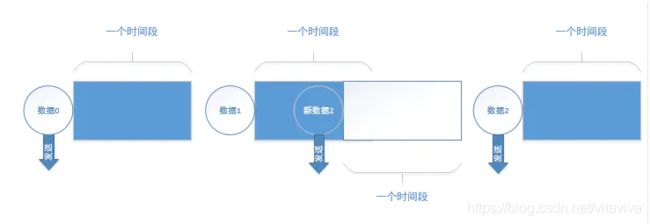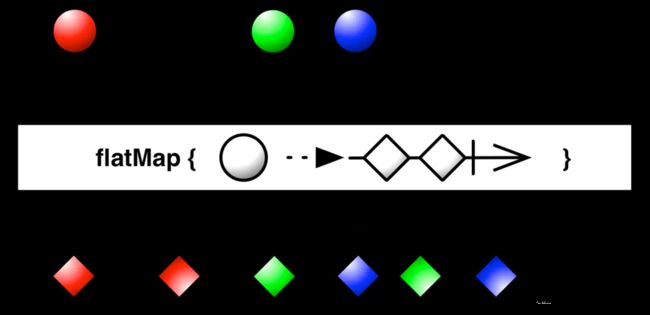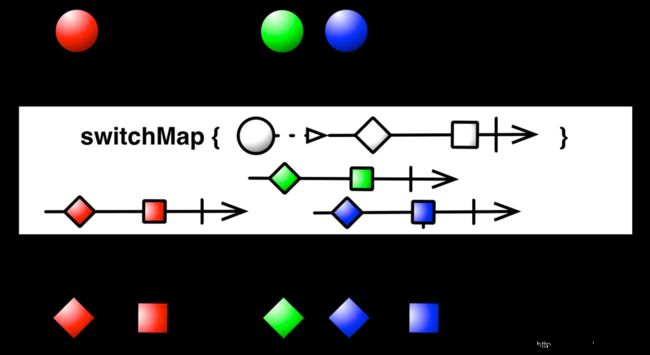使用RxJava优化EditText#onTextChanged回调
onTextChanged
EditText是常用的文字输入控件,但是其回调接口设计的不友好,需要实现三个接口,而大多数场景我只关心onTextChanged
editText.addTextChangedListener(object : TextWatcher {
override fun afterTextChanged(s: Editable?) {
}
override fun beforeTextChanged(s: CharSequence?, start: Int, count: Int, after: Int) {
}
override fun onTextChanged(s: CharSequence?, start: Int, before: Int, count: Int) {
Log.d(TAG, "query: ${s}")
}
})
而即使是最关心的onTextChanged,由于其语义太过简单(每次发生变化就会回调),在某些业务场景不能达到预期效果,例如常见的实时搜索场景,希望能够在输入框中输入关键字时进行实时的联想或搜索,此时使用EditText#onTextChanged的话会遇到很多问题:
多次回调
例如,上面代码中,依次输入 a b c d e,得到以下日志
query: a
query: ab
query: ab
query: abc
query: abcd
query: abcd
其中ab和abcd出现了两次。经调查,与EditText的设置有关
android – TextWatcher events are being fired multiple times – Stack Overflow
当然,这个问题并非值出现在实时搜索这个场景,其也反映出了这个控件是有多坑
频繁触发
虽然希望输入的反馈能够有实时的效果,但又不希望太敏锐(人类真难伺候|||),当快速输入一个组合时,例如“a” “aa” “aaa” “aaaa”,说明我们的目的性很强,只对最后的”aaaa“`出结果就好了
异步结果不正确
由于输入后出发了一个异步调用,那么有可能连续多次异步请求的结果回调时机不符合预期,例如 输入 “a” “aa” ,触发两个异步请求,但是有可能“a”的结果后返回,而输入框中已经停留到了“aa”状态。
使用RxJava优化
以上种种问题,都是由于EditText#onTextChanged的回调语义不能满足预期业务场景所致,此时可以使用RxJava对其进行优化
回调多次
val queryPublisher = PublishSubject.create<String>()
editText.addTextChangedListener(object : TextWatcher {
override fun afterTextChanged(s: Editable?) {
}
override fun beforeTextChanged(s: CharSequence?, start: Int, count: Int, after: Int) {
}
override fun onTextChanged(s: CharSequence?, start: Int, before: Int, count: Int) {
queryPublisher.onNext(s.toString())
}
})
queryPublisher.distinctUntilChanged().subscribe({
Log.d(TAG, "query: ${it}")
})
PublishSubject提供了一个Stream的管道,接受onTextChanged的原始回调,
distinctUntilChanged用来保证每个value只回调一次
query: a
query: ab
query: abc
query: abcd
频发触发
queryPublisher.distinctUntilChanged()
.debounce(500, TimeUnit.MILLISECONDS)
.subscribe({
Log.d(TAG, "query: ${it}")
})
使用debounce添加防抖。需要注意的是throttleLast虽然也是类似功能的操作符,但效果上不符合本需求的预期,下面对比一下两者的不同:
异步结果不正确
有两种解决方案:
dipose
private var searchDisposable: Disposable? = null
override fun onCreate(savedInstanceState: Bundle?) {
// 略...
queryPublisher.distinctUntilChanged()
.debounce(500, TimeUnit.MILLISECONDS)
.subscribe({
Log.d(TAG, "query: ${it}")
searchDisposable?.dispose()
searchDisposable = search(query = it)
.subscribe({
// 搜索结果显示
})
})
}
/**
* 结果请求
*/
fun search(query: String?): Observable<ArrayList<String>> {
// 略...
return Observable.empty<ArrayList<String>>()
}
到得到新的输入时,将前一次异步请求手动停止
switchMap
switchMap操作符相对于dispose的方式更加优雅
RxJava also implements the switchMap operator. It behaves much like flatMap, except that whenever a new item is emitted by the source Observable, it will unsubscribe to and stop mirroring the Observable that was generated from the previously-emitted item, and begin only mirroring the current one.
switchMap与flatMap类似,也可用来进行Stream的切换,但当switchMap切换新Stream时,旧stream会自动停止。通过和flatMap的对比,体会一下其含义:
上述例子,经switchMap改造后,代码坚决许多:
override fun onCreate(savedInstanceState: Bundle?) {
// 略...
queryPublisher.distinctUntilChanged()
.debounce(500, TimeUnit.MILLISECONDS)
.switchMap { search(it) }
.subscribe({
// 搜索结果显示
Log.d(TAG, "result: ${it}")
})
}




